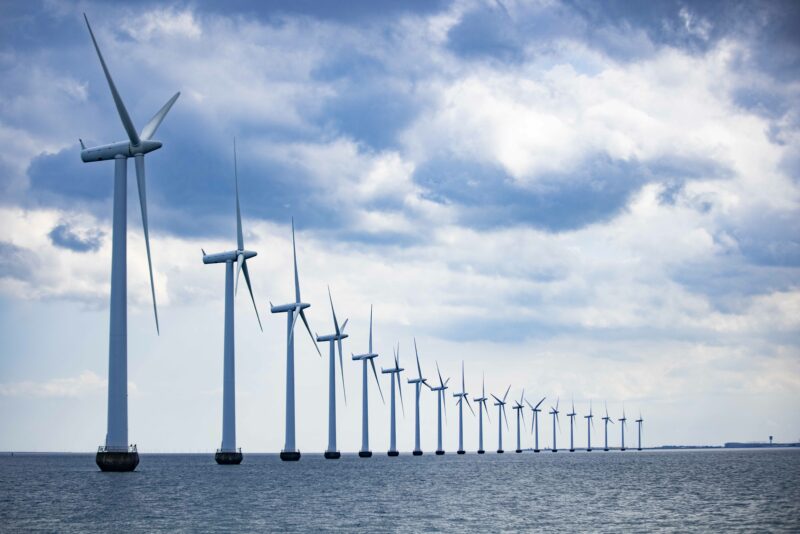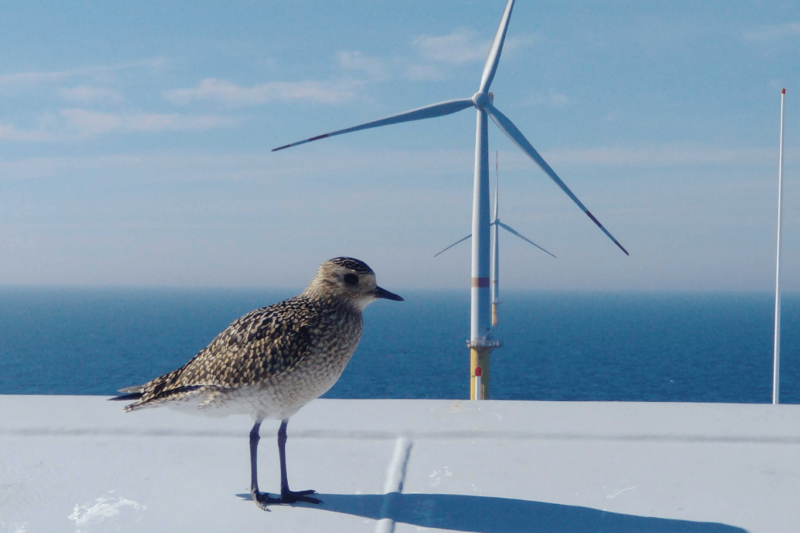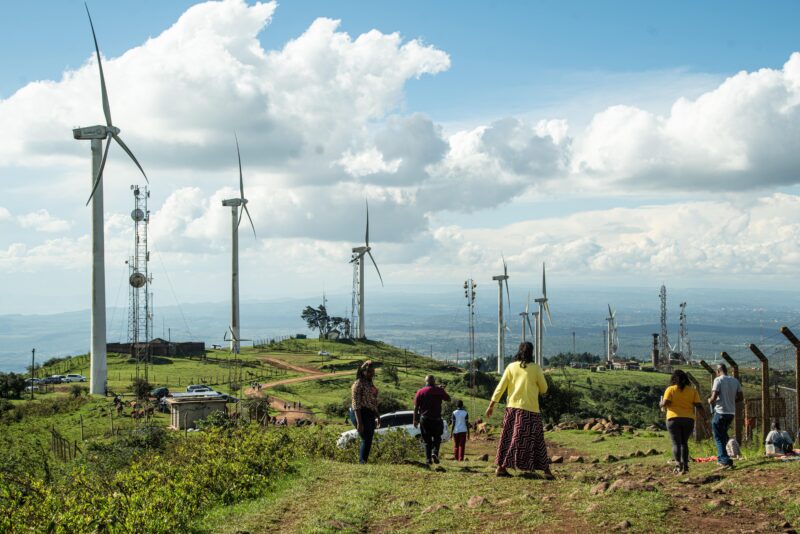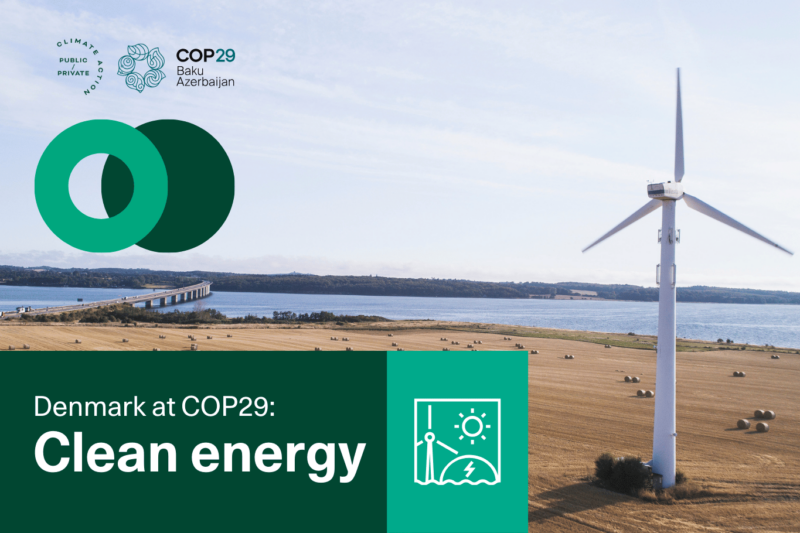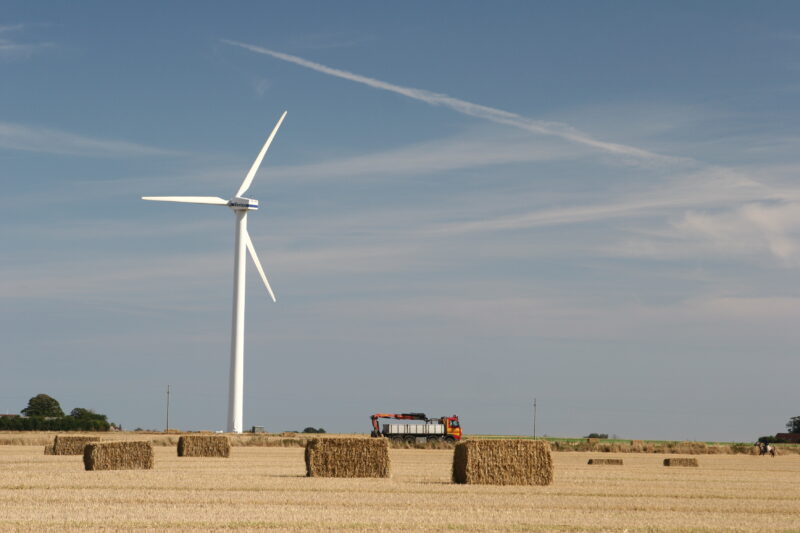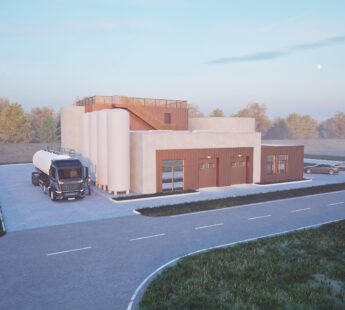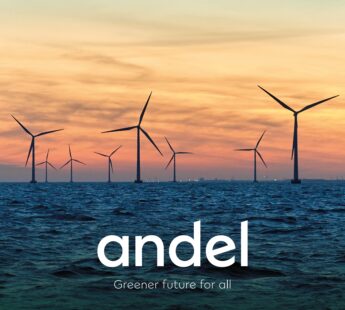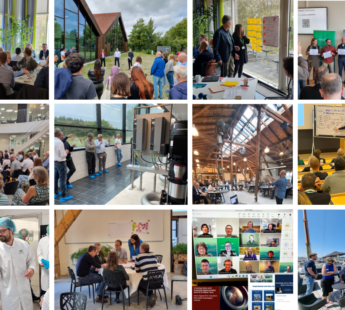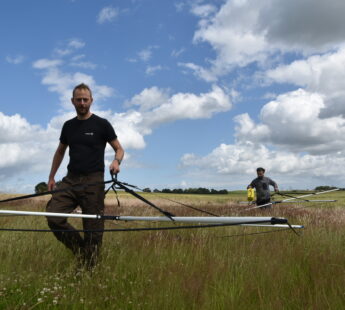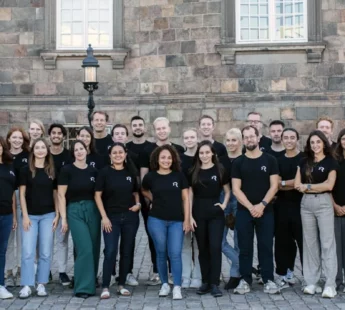Perspective
Wind energy
Electrification with wind energy


Denmark expects comprehensive direct electrification of both transport and heating in the coming years. Direct electrification is achieved when the energy source of a process is converted from fuel to electricity. Using renewable energy in direct electrification bring several societal benefits. Emissions are for instance eliminated when fossil fuels are replaced with electricity generated from renewable energy. In many cases energy efficiency is also improved. Electric vehicles have an energy efficiency of around 80 per cent, while combustion engines in cars only have an energy efficiency of about 30 per cent. Also, electric heat pumps are 3-4 times as efficient as conventional boilers.
Indirect electrification
While direct electrification can be utilised in light transport and heating, other industries require energy dense fuels where electricity falls short. The electricity stored in chemical batteries has an insufficient energy density for powering long distance heavy transport and some industrial processes requiring high temperatures.
In Denmark, the production of building materials alone would require about 10 TWh of electricity annually. The entire Danish industry and heavy transport sectors would require 50-60 TWh. This corresponds to the output from 15 GW offshore wind farms. Indirect electrification is a sustainable solution to this. Indirect electrification is achieved when electricity is applied in chemical process to forge new, energy dense products. An example is electrolysis, where electricity from renewables is used to split hydrogen and oxygen molecules.
Renewable hydrogen can be used in transport, industry and even agriculture. Alternatively, it can be combined with captured renewable carbon to create synthetic e-fuels where the only bi-product is essentially oxygen.
Electrification of transport
E-fuels can easily be implemented into existing liquid fuel infrastructure like tanks, pipelines, and engines. Like oil and gas, e-fuels can be transported by sea or pipelines over long distances. In this way, e-fuels also function as energystorage.
In Denmark, a consortium of companies within the road, maritime, aviation and energy sectors is already embracing the change. The consortium plans to produce renewable hydrogen at large scale, using energy from offshore wind. Initially, the hydrogen will be used for fuel-cell electric vehicles.
As the project scales towards 2030, the hydrogen will be combined with a source of carbon – e.g., from sustainable biomass – to form green e-fuels for shipping and aviation. Globally, the transport sector stands to gain large reductions in CO2 emissions through electrification. In Denmark alone, CO2 emissions from the transport sector could be reduced by 6.2 million tonnes.
